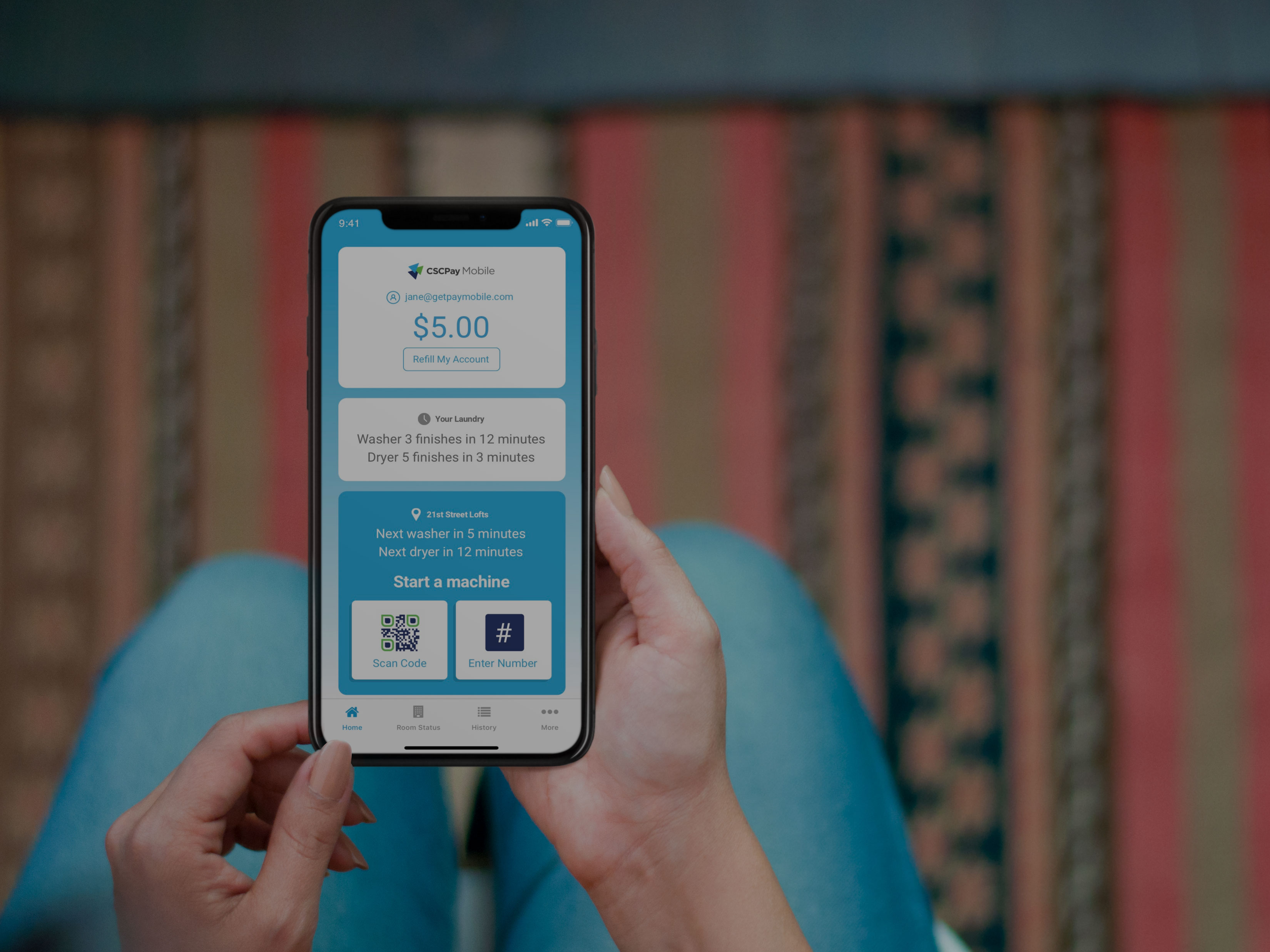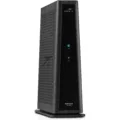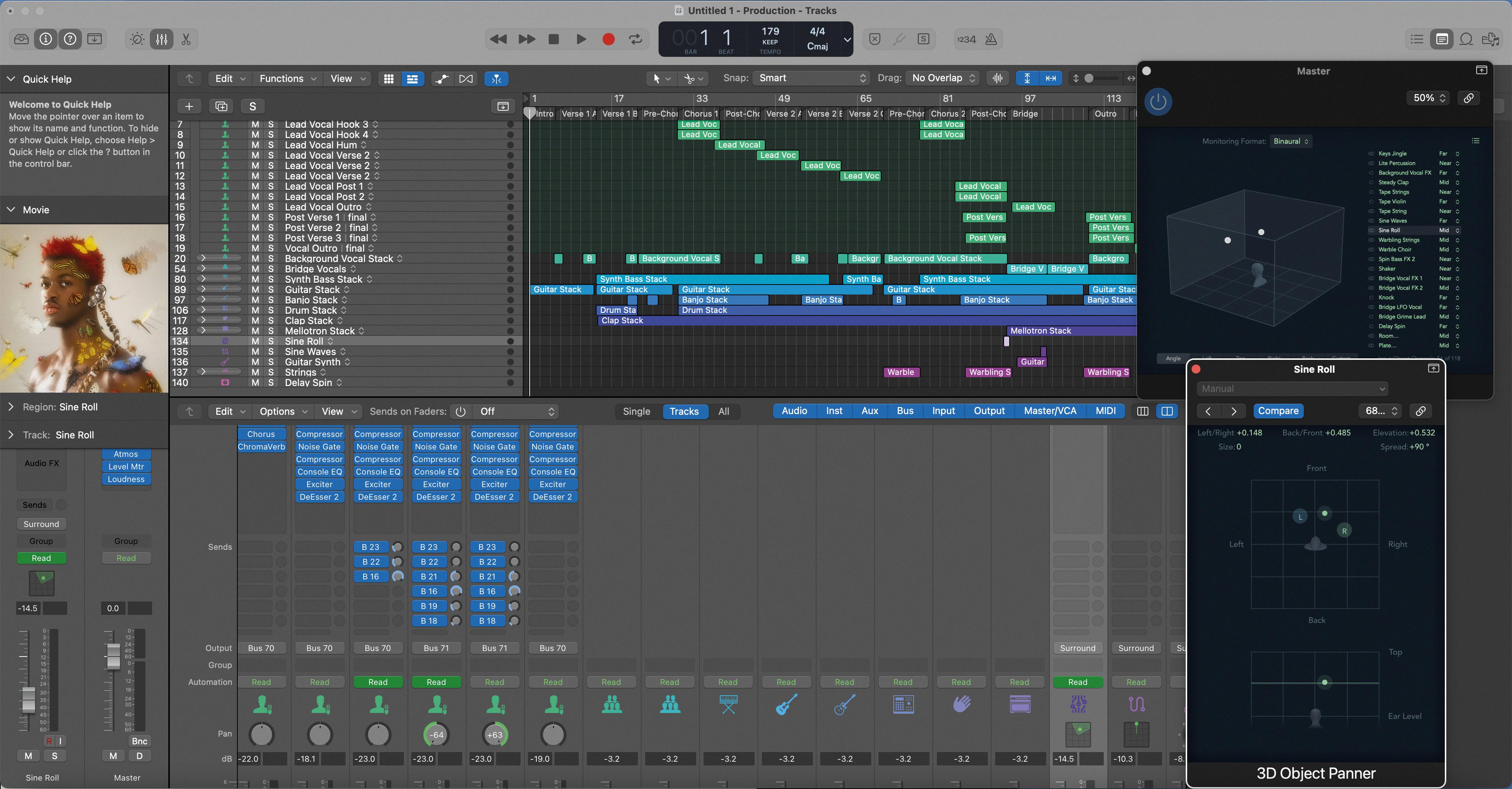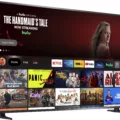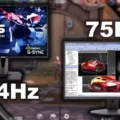Curved monitors have become increasingly popular in recent years and for good reason. These monitors offer a unique viewing experience that mimics the natural curvature of our eyes, resulting in a more comfortable and immersive viewing experience. But do curved monitors actually make a difference, or are they just a gimmick?
One of the main benefits of a curved monitor is that it can help reduce eye strain. When we stare at a flat-screen monitor for an extended period of time, our eyes have to constantly adjust to the various distances and angles of the screen, leading to fatigue and discomfort. A curved monitor, on the other hand, allows our eyes to take in the whole picture at once, reducing the need for constant adjustments and resulting in less strain on our eyes.
In addition to reducing eye strain, curved monitors also offer a wider field of view and better viewing angles. This is particularly beneficial for activities such as gaming, where fast-paced motion and intense visual activity can quickly tire out our eyes. With a curved monitor, we can take in more of the action without having to constantly adjust our position or strain our eyes to see everything.
Another advantage of curved monitors is that they can save on desk space compared to a multi-monitor setup. With a larger curved monitor, we can have more screen real estate without taking up as much physical space on our desks. This can be particularly useful for creative work or entertainment, where having a larger screen can enhance the experience.
Of course, like any technology, curved monitors do have their drawbacks. Some users may find the curvature of the screen to be disorienting at first, and there may be some distortion or warping of the image at certain angles. Additionally, curved monitors can be more expensive than traditional flat-screen monitors, which may be a deterrent for some users.
Whether or not a curved monitor makes a difference will depend on the user’s individual needs and preferences. For those who spend a lot of time in front of a computer or engage in activities such as gaming or creative work, a curved monitor can offer significant benefits in terms of comfort and immersion. However, for more casual users or those on a budget, a traditional flat-screen monitor may be perfectly adequate. Ultimately, the decision to invest in a curved monitor will depend on a variety of factors, including budget, intended use, and personal preference.
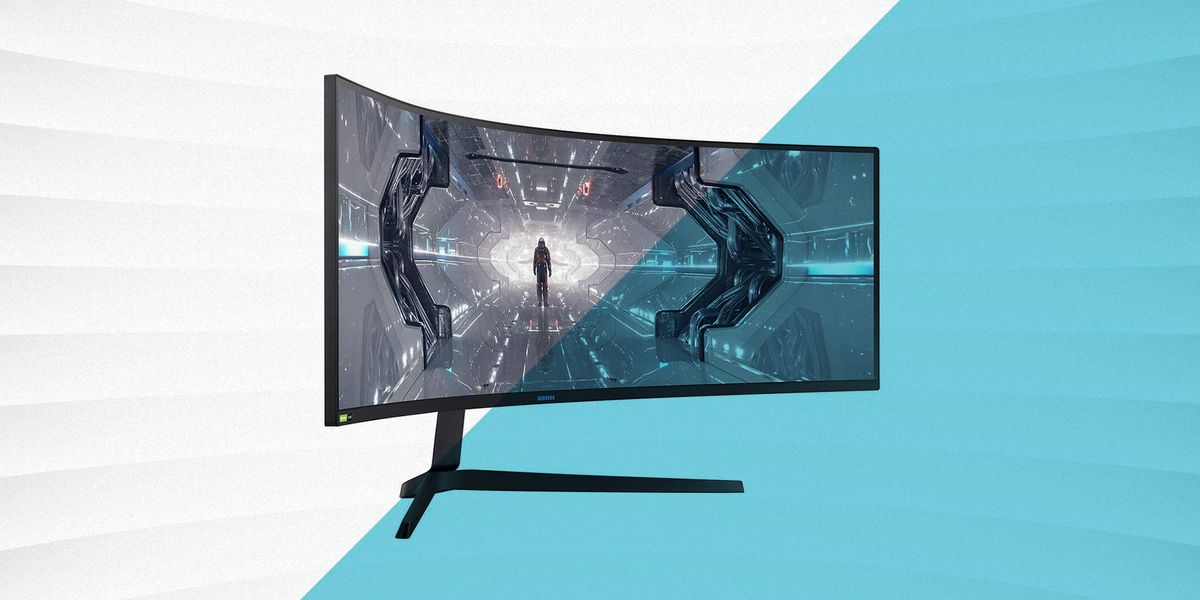
Are Curved Monitors a Worthwhile Investment?
Curved monitors have become increasingly popular in recent years due to their unique design and benefits. In terms of comfort, curved monitors mimic the natural curvature of the eyes, providing a more comfortable viewing experience that reduces eye strain. This can be particularly useful for individuals who spend long hours in front of a computer screen.
Additionally, curved monitors offer a more immersive experience for gaming and watching movies. The curvature of the screen creates a wider field of view, allowing the user to see more of the screen without having to turn their head. This can be particularly useful for gamers who require a larger field of view for a more immersive gaming experience.
Furthermore, curved monitors offer better viewing angles compared to traditional flat-screen monitors. This means that the image on the screen remains clear and consistent regardless of the user’s viewing position, which is particularly useful for individuals who work in collaborative environments.
Lastly, compared to a multi-monitor set-up, one larger curved monitor saves on desk space, which can be particularly useful for individuals with limited workspace.
The benefits of curved monitors make them a worthwhile investment for individuals who value a comfortable, immersive, and high-quality viewing experience.
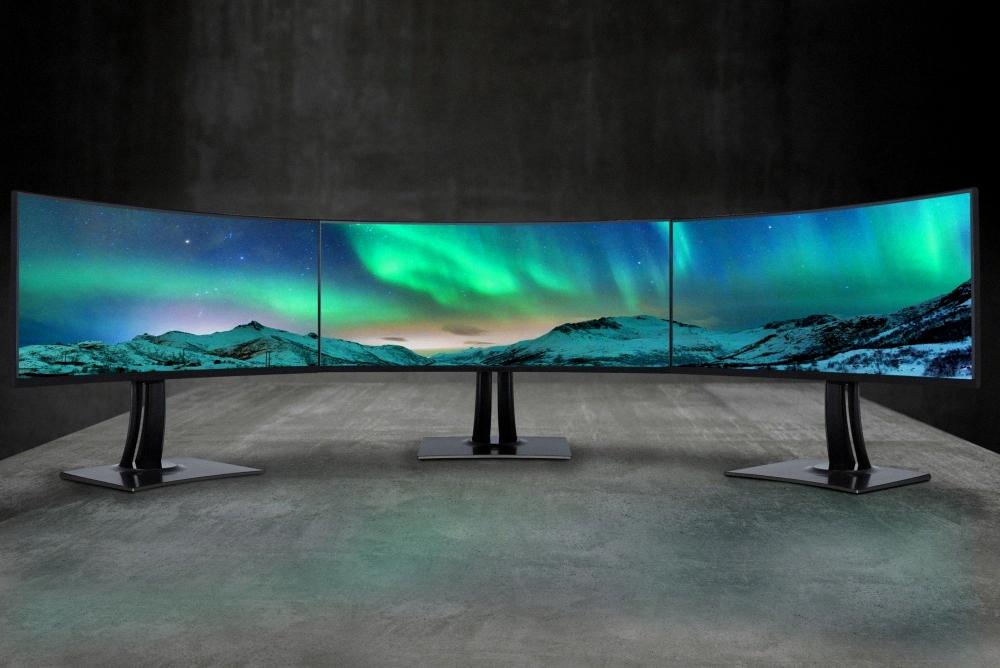
Pros and Cons of a Curved Monitor
Curved monitors have gained popularity in recent years due to their unique design and potential benefits for certain activities. However, as with any technology, there are both pros and cons to consider before making a purchase.
Pros:
1. Immersive experience: The curvature of the screen can create a more immersive experience, particularly when gaming or watching movies. The screen is able to wrap around the viewer, providing a more engaging experience.
2. Reduced eye strain: Curved monitors can help reduce eye strain by providing a more natural viewing experience. The curve of the screen can reduce the need for eye movement, as the entire screen is easier to view without having to move the eyes as much.
3. Better viewing angles: The curvature of the screen can provide better viewing angles, particularly for larger monitors. This can be particularly useful in a work setting where multiple people need to view the screen at the same time.
Cons:
1. Higher cost: Curved monitors tend to be more expensive than their flat counterparts. For those on a budget, this may not be a feasible option.
2. Limited screen size options: Due to the curvature of the screen, there are limited size options available. While this may not be an issue for some, those who require a larger monitor may not be able to find a curved option that meets their needs.
3. Potential distortion: In some cases, the curvature of the screen can cause distortion in the image. This can be particularly problematic for those who require precise image quality, such as graphic designers or photographers.
While curved monitors can provide an immersive and comfortable viewing experience, there are both pros and cons to consider before making a purchase. It ultimately comes down to personal preference and intended use.
Are Curved Screens Better for Eye Health?
Curved screens are considered better for your eyes due to the fact that they provide a wider field of view, less distortion, and better viewing angles. The curvature of the screen helps to reduce eye strain and fatigue by allowing your eyes to take in the entire picture without having to constantly adjust their focus. This is especially beneficial for tasks such as gaming or working on a computer for long periods of time. In addition, the curved shape of the screen can help to reduce the amount of glare and reflections that can cause eye strain and discomfort. if you are looking for a monitor that is easier on your eyes, a curved screen is definitely worth considering.
Do Gamers Prefer Flat or Curved Monitors?
It ultimately comes down to personal preference. However, many gamers find that curved monitors provide a more immersive gaming experience, as they can fill your peripheral vision and create a more natural field of view. This can be particularly beneficial for games that involve fast-paced action or require quick reaction times, as it can reduce eye strain and improve overall visual comfort. On the other hand, some gamers may prefer flat monitors, as they tend to be more affordable and widely available. Ultimately, the choice between a flat or curved monitor will depend on a variety of factors, including your budget, gaming preferences, and personal preferences for screen size and resolution.
Conclusion
Curved monitors offer a range of benefits for users who spend a lot of time in front of screens. By mimicking the natural curvature of the human eye, curved monitors provide a more comfortable viewing experience that reduces eye strain and fatigue. They also offer a wider field of view and better viewing angles, making it easier to take in the whole picture without having to adjust your position or strain your neck. For gamers, creative professionals, and anyone who spends long hours in front of a computer, a curved monitor can be an excellent investment that enhances both comfort and productivity. While there are some drawbacks to consider, such as the potential for distortion at extreme angles, the benefits of curved monitors make them well worth considering for anyone looking to upgrade their display setup.







